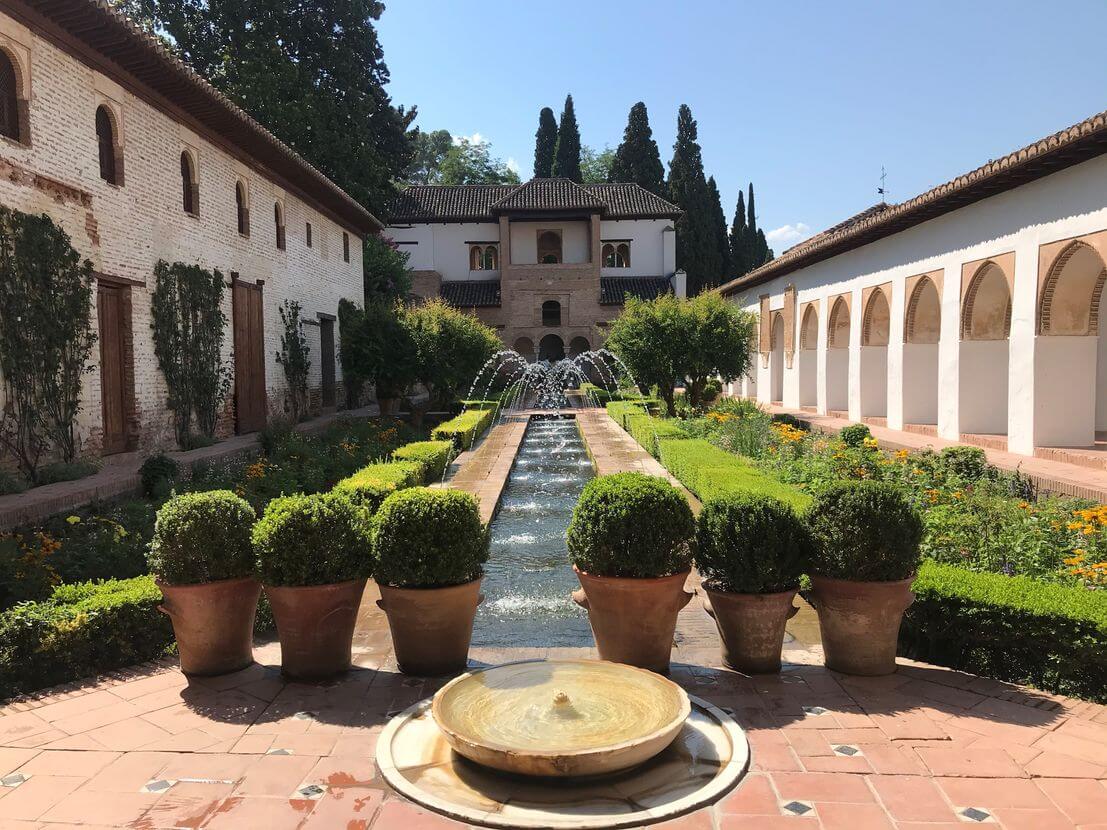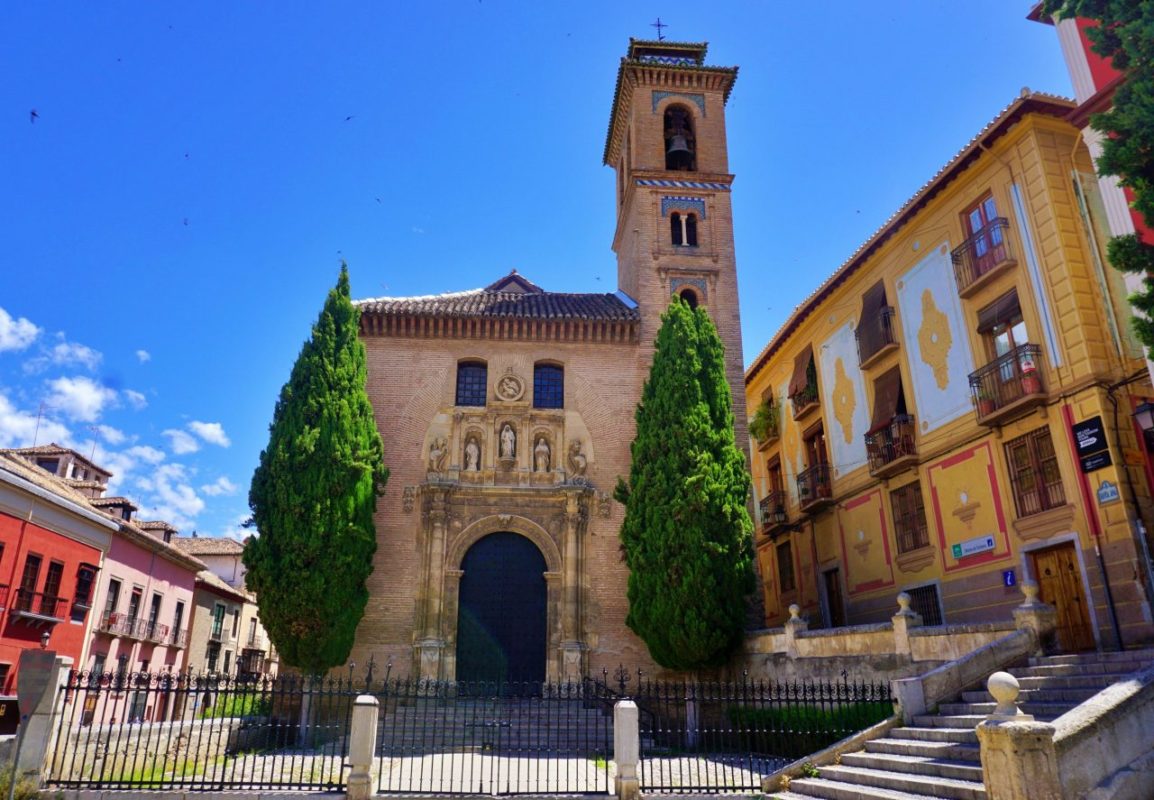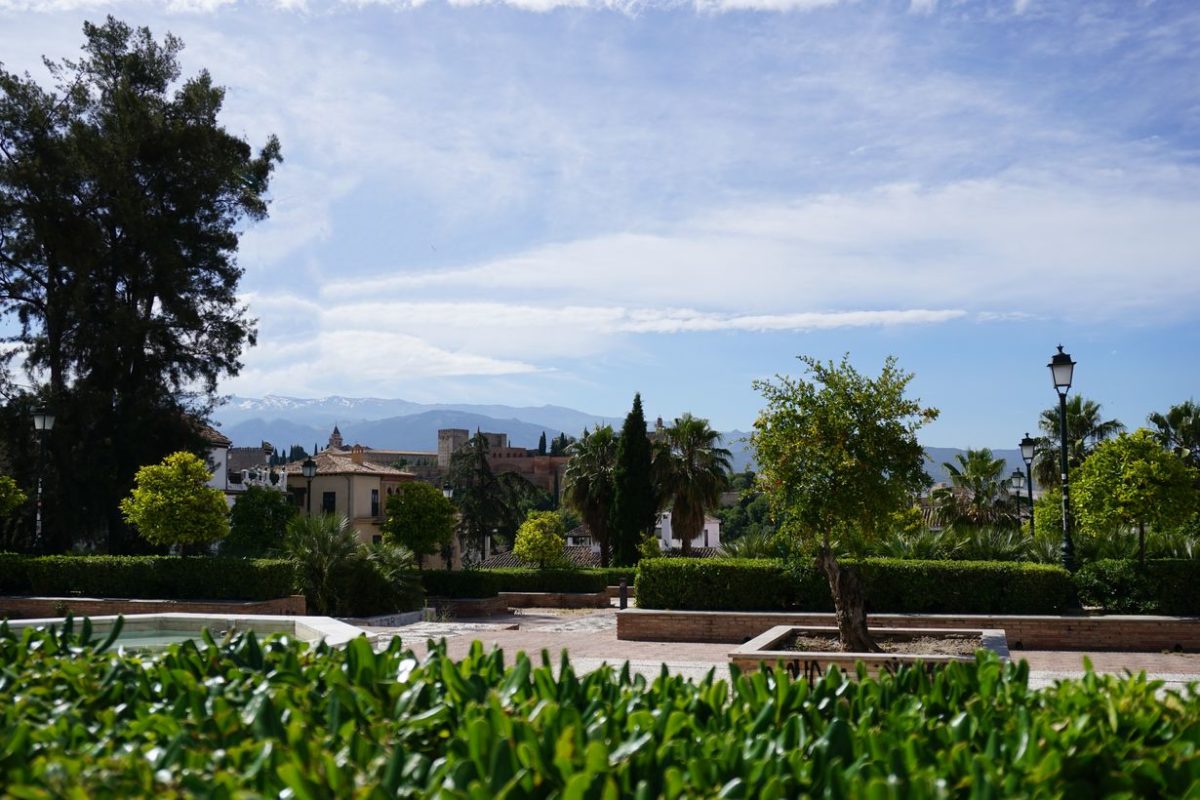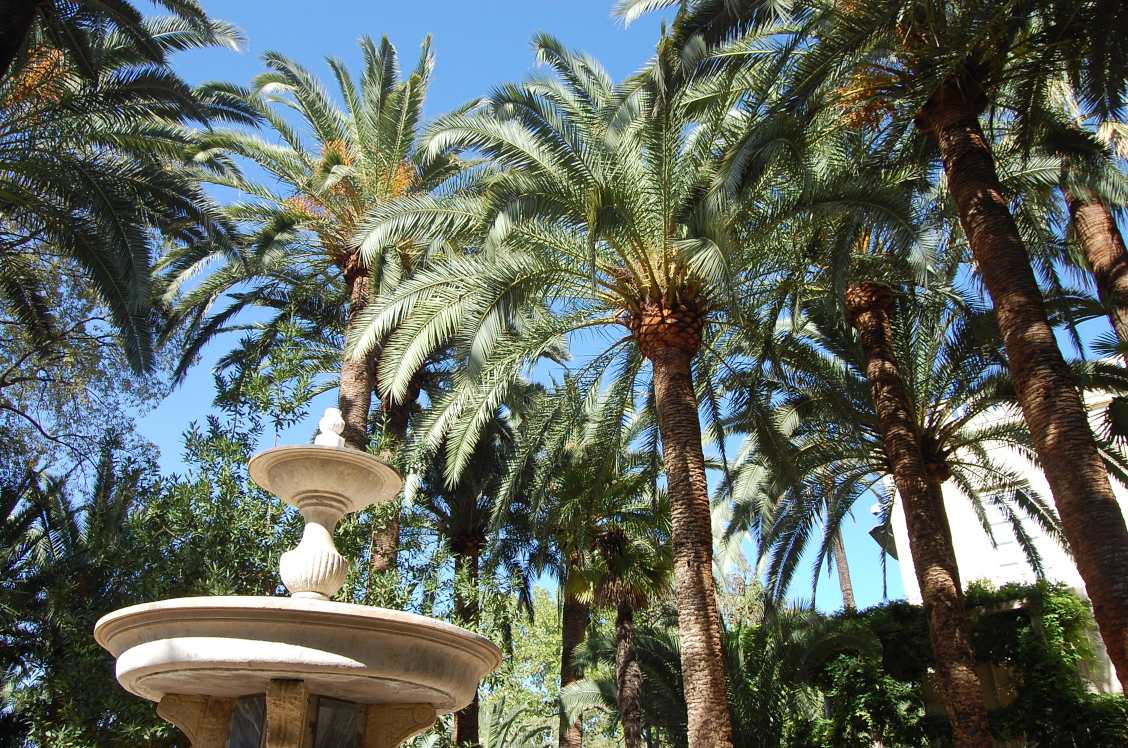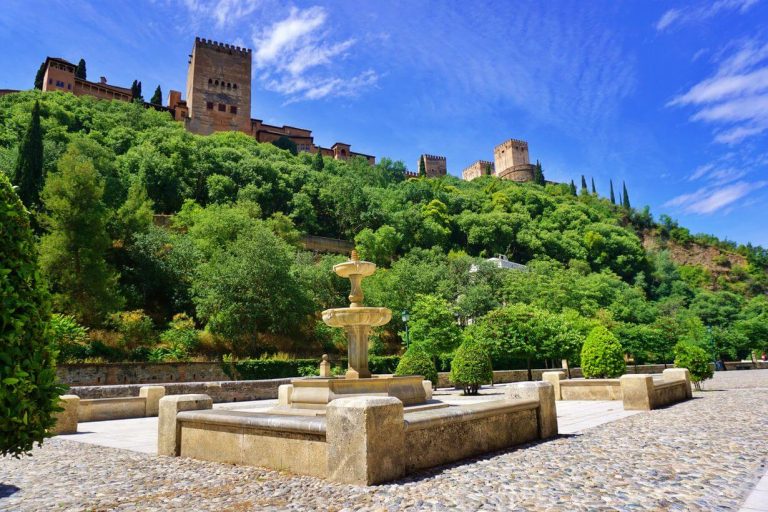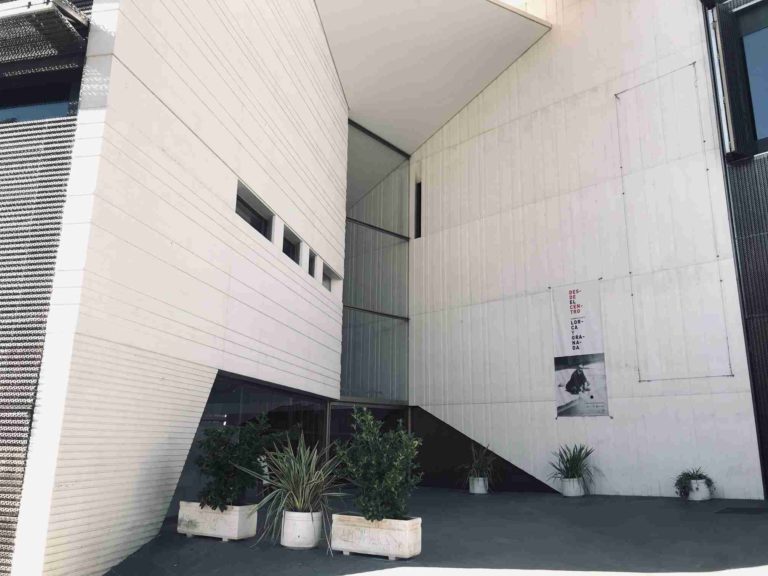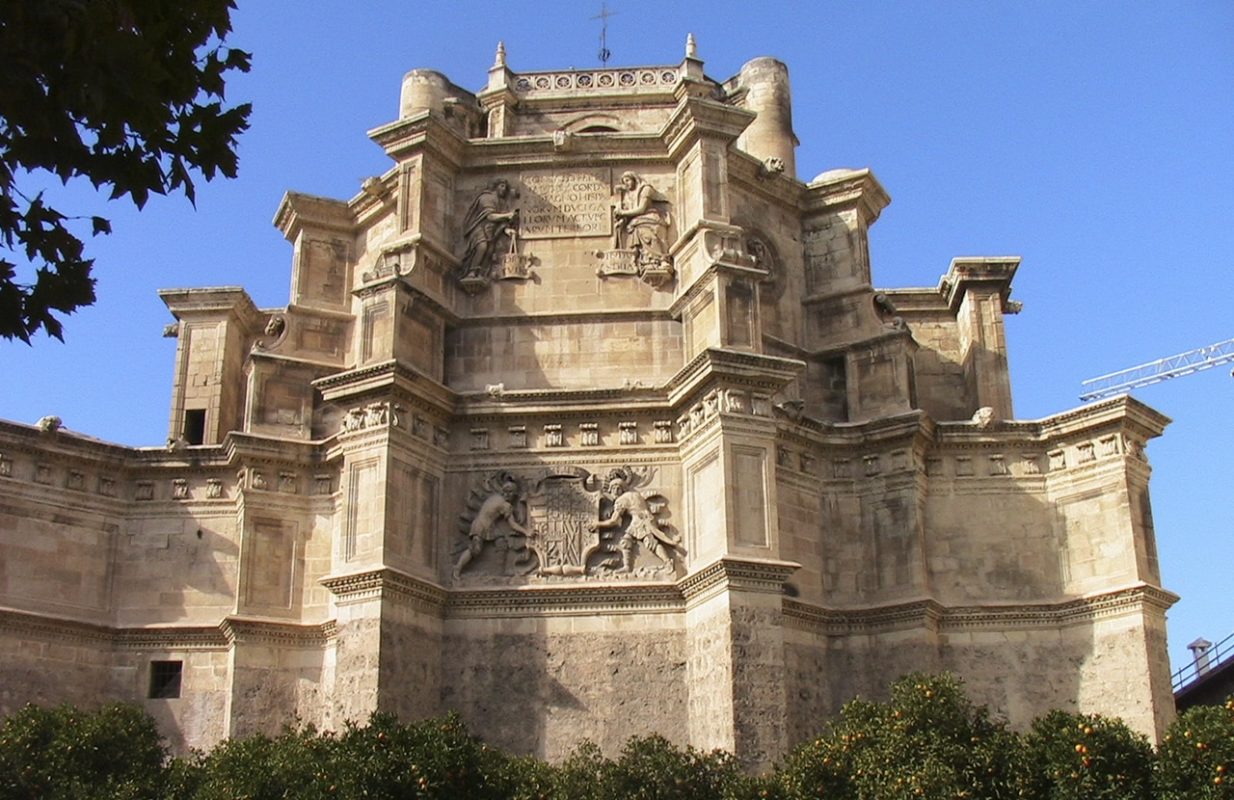Welcome to the basic information about cookies on the website owned by CICERONE CULTURA Y OCIO SL (Cicerone Granada). A cookie is a small piece of information that is stored on your computer, smartphone, or tablet each time you visit our website. Some cookies are ours, while others belong to external companies that provide services for our website. Cookies can be of various types: necessary cookies are technical cookies that allow our website to function and do not require your authorization; they are the only ones activated by default. These cookies do not store any personal information. The rest of the cookies are used to improve our website, customize it based on your preferences, or track anonymous information about website visitors. You can accept all these cookies by clicking the ENABLE ALL button or configure and reject their use by clicking DISABLE under the ANALYTICS section. Then, click SAVE. If you want more information, please check our website's COOKIE POLICY.
Resumen de privacidad
Strictly Necessary Cookies
Strictly Necessary Cookie should be enabled at all times so that we can save your preferences for cookie settings.
If you disable this cookie, we will not be able to save your preferences. This means that every time you visit this website you will need to enable or disable cookies again.
3rd Party Cookies
This website uses Google Analytics to collect anonymous information such as the number of visitors to the site, and the most popular pages.
Keeping this cookie enabled helps us to improve our website.
Please enable Strictly Necessary Cookies first so that we can save your preferences!


